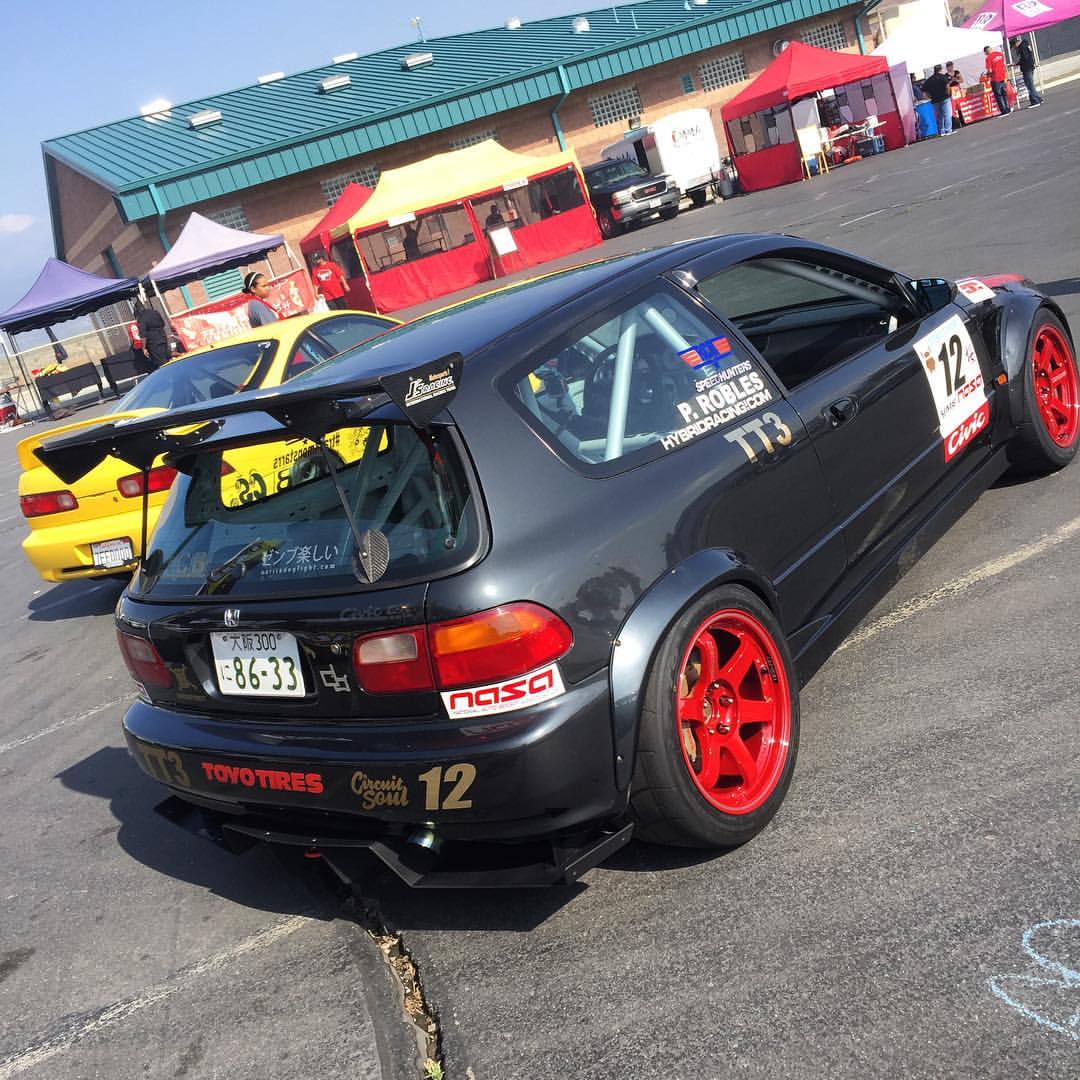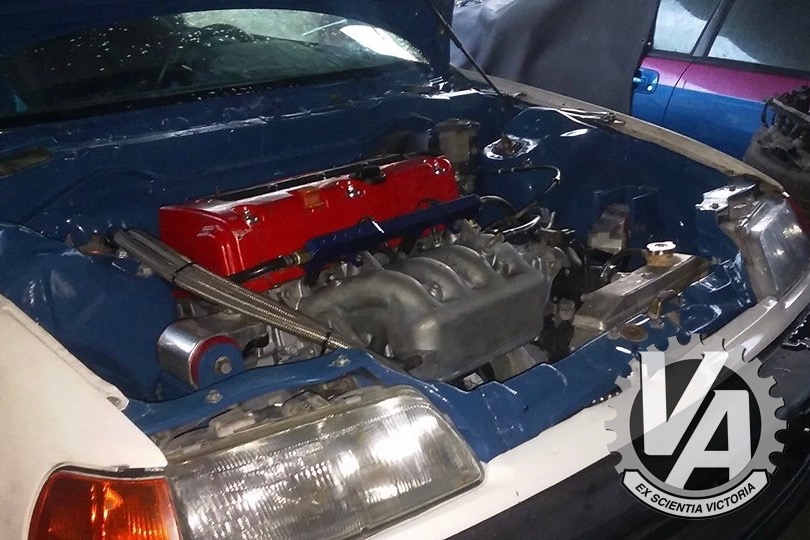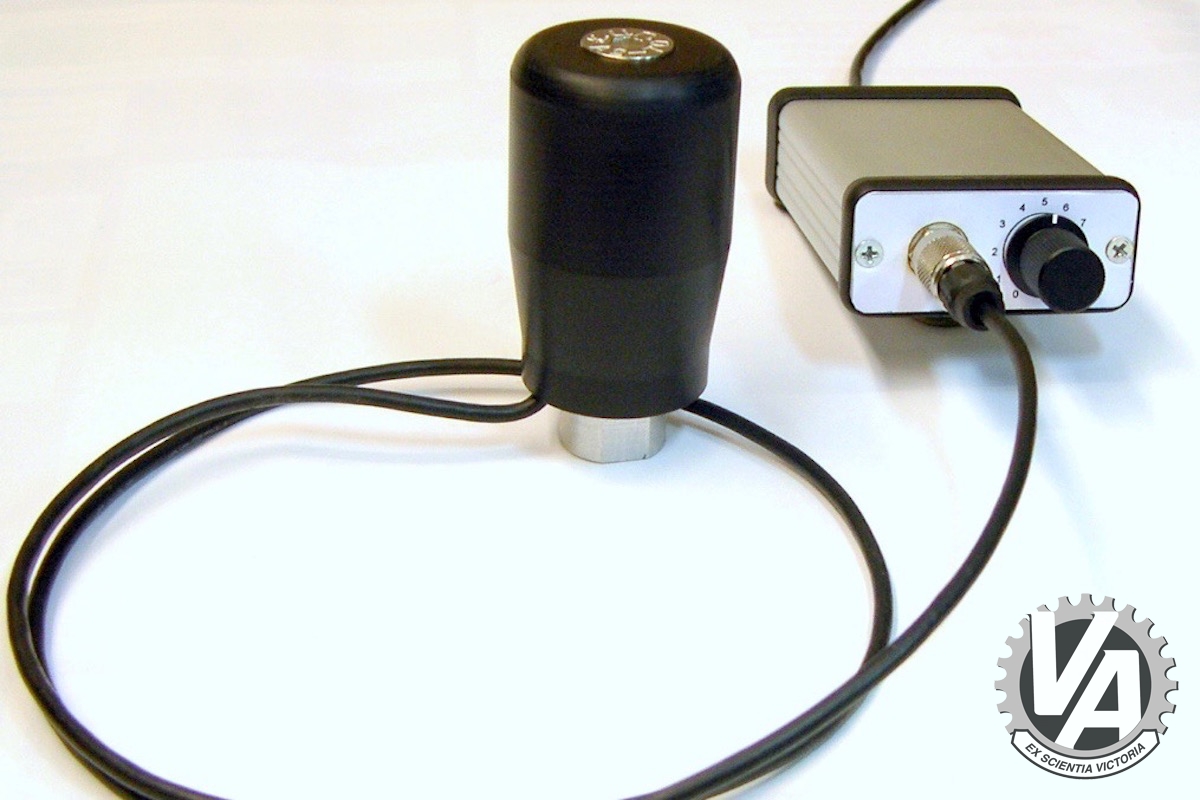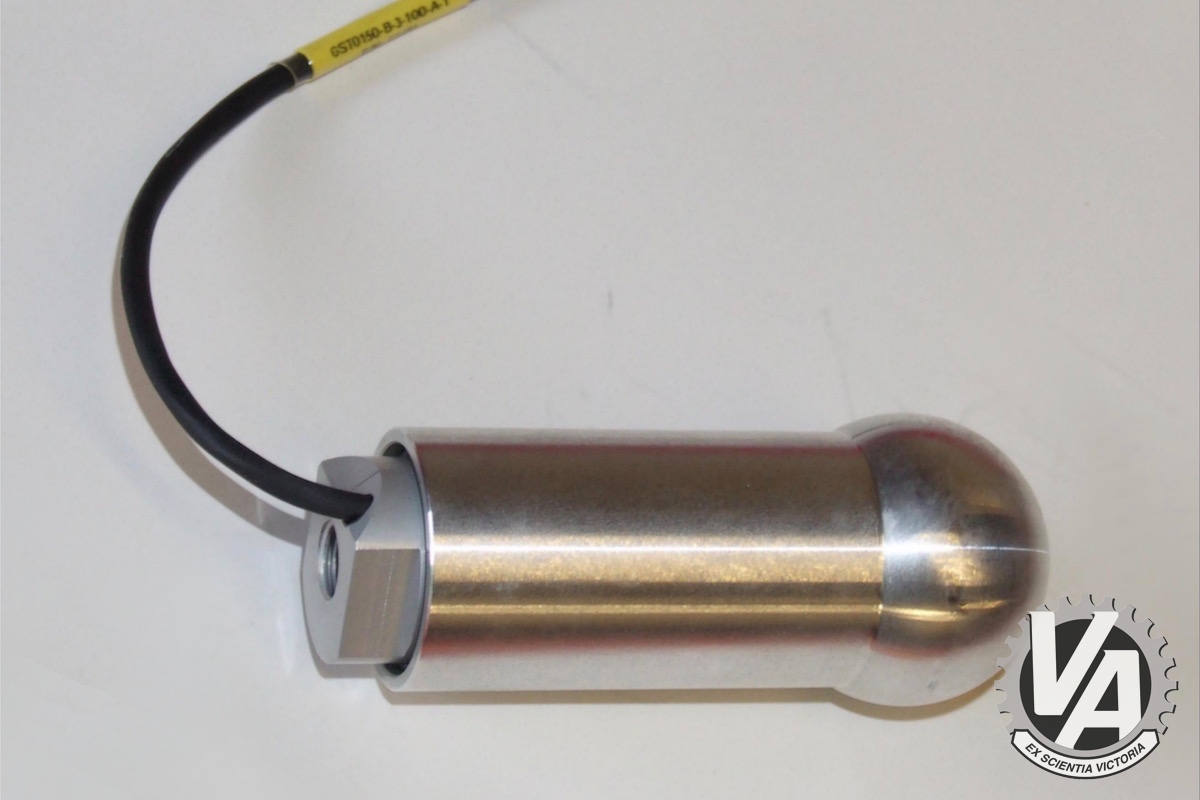
28 Sep Sequential Shifter and Code P0341
Sequential Shifter and Code P0341 questions and our answers.
By Brian Gillespie
We all get stumped when working on our projects and sometimes a quick internet search doesn’t always get us the answers we are looking for. It is for that reason that we are here to try to help figure out what may be holding you back from getting your Honda out of the garage and on to the track or street.
Code P0341
We received a question from Juan Tamayo on Facebook the other day. The question was – “I’m getting code P0341. I’ve replaced my cam sensors and checked my timing and it’s fine. Not sure, but what else could it be? I’m new to the K series, my chasis is EF hatch.”
I don’t think you have a bad cam sensor. The P0341 code is for cam phasing. The ECU is looking at both the crank angle sensor and the cam angle sensor to see if they are rotating together in spec. So several things could be happening. One is the chain has slipped a tooth, but you’ve checked that. Another is the chain is stretched or the chain tensioner isn’t working properly. Last, it has a bad VTC. The VTC is the hydraulically operated variable cam gear that allows the K-series engine to advance and retard cam timing. I’m going to guess that’s the problem.
But before you go out and buy one, take a look the timing chain and tensioner. If it’s loose or broken there’s the problem. If the tensioner rod (the thing that sticks out and has teeth) sticks out more than 13.5mm the chain is stretched. If that looks good, the VTC is probably bad. A tell tale of a bad VTC is a fair amount of noise on start up. It usually goes away pretty quickly so people don’t always notice. Thanks for sending this question in Juan!
Sequential Shifting with a Hondata K-Pro
Phil Robles, the owner of this beautiful Time Attack Civic asked this question. “I am switching to a Quaife sequential transmission and I ‘m using Hondata K-Pro for engine management. Can I keep the K-Pro, is it compatible with the sequential shifter?” The short answer is yes. The long answer is yes too, but with some additional parts to make it work.
Sequential transmissions use a type of gear which is engaged with what are called “dog teeth.” Without going into a giant explanation of how they work, let’s just say while the engine us under load from accelerating or engine braking it is hard to get the car out of gear. You can take the load off in two ways, push the clutch in, or either let off the or goose the throttle depending on whether you are accelerating or decelerating. Obviously you don’t want to push in the clutch, that’s why you bought a Quaife, so you need to set up the car for clutchless upshifting.
It starts with a sensor that tells the computer pushing on the shifter. This is called a strain gage. One example from Flatshifter in the UK and sold by SpeedFactory Racing is this strain gage shift knob.
Or this one by Geartronics.
The shift knob senses the pressure and outputs a voltage between 0V and 5V depending on whether you are pushing or pulling. Then there is an amplifier module that you can set a threshold that then sends a signal to your engine management system, in this case a Hondata K-Pro. Set up properly it will tell the ECU so it can cut the revs and you can upshift easily. In the ECU you can set the length of time the revs are cut to insure a smooth clean shift. With some practice and fiddling with the delays, it works pretty well. Particularly with say a drag vehicle where all the shifts are pretty much the same.
When downshifting you need to blip the revs to match them to the lower gear. This creates a little problem. While revs drop instantly when a rev cut happens, blipping the throttle usually takes more time. If you have a motorcycle or F1 car, it’s pretty instantaneous, but if you have a normal K20 or supercharged/turbocharged K and depending on many factors like tune, current rpm, flywheel weight, turbo piping, plenum size, etc., revs may take varying lengths of time and be far from instantaneous. For this reason, I would stay away from the throttle blippers, and just use the clutch on downshifts or left foot brake and blip the throttle yourself. With practice you can learn to downshift without using the clutch, but you will be manually blipping the throttle.
I suggest you visit both the Geartronics and Flatshifter websites and do some more investigation. There are a bunch of factors that will help you get a good result from this setup. I have always wanted to do this, so let me know how it works out.
Have you got a question for the experts at VTEC Academy? Do you have a problem you haven’t been able to solve? Bring us your toughest questions and we will do our best to answer them.




No Comments